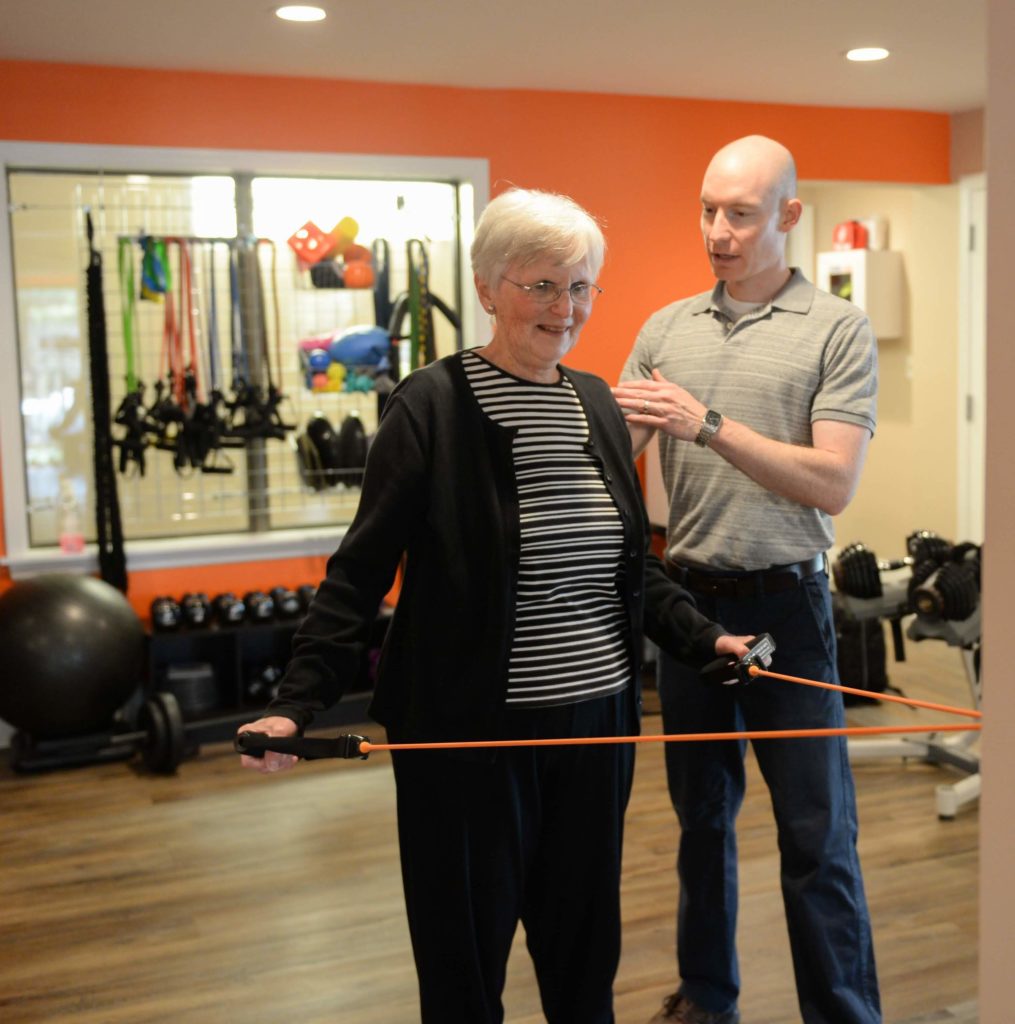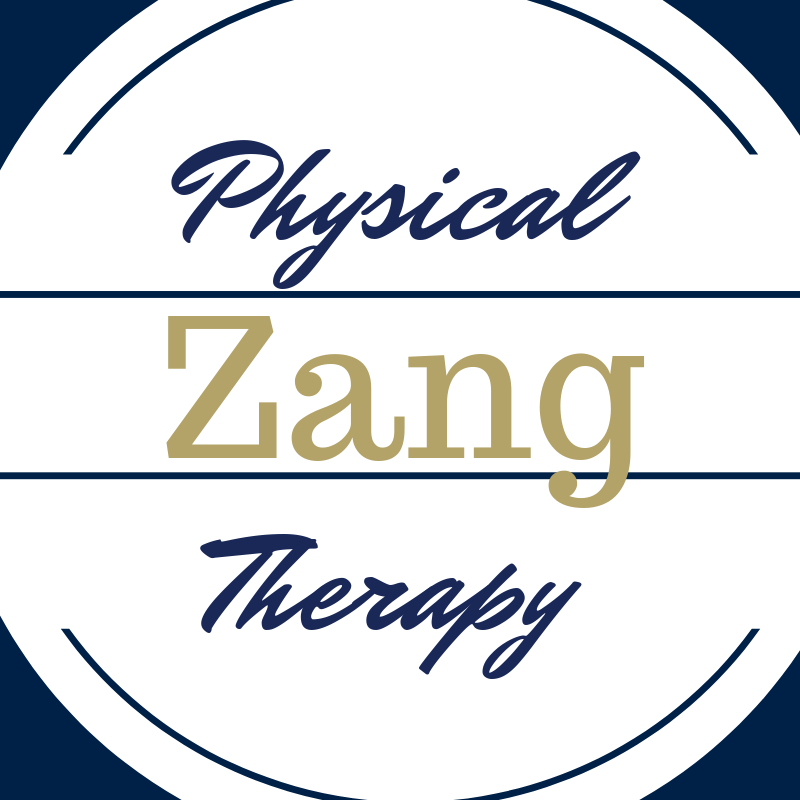Shoulder replacements are becoming more common. Every year nearly 100K people will have a replacement. Often the decision is made due to either pain or limited function. After the procedure, many ask the question what are the do’s/don’ts.
The good news is that the recovery/rehab process tends to move much more quickly than other shoulder repairs. While a person may have a sling for a few days, often they are encouraged to ditch them within a week or two and to get the arm moving. And the list of don’ts is rather small. 
The early goals of rehab are to regain range of motion as quickly as possible. And there are no strict time factors with respect to how quickly to push motion. It is a move as quickly as one can within their tolerance. Within a week or two strengthening of the shoulder complex will also begin. Ultimately a person should achieve the ability to reach over their head into a cabinet. But changing a lightbulb may or may not be possible. Reaching fully behind ones back also tends to be incomplete. From a strength perspective, the limits are only what the person self-imposes. The new shoulder will hold up well with strengthening.
Activities such as golf, tennis, and pickleball are also feasible. Provided a person regains their motion and strength they should have no limitations with activities such as these in due time.
Ok, but what about the don’ts? Well, there really are none per se. Assuming a person rehabs their shoulder properly, there are no don’ts from an activity perspective. Now certainly there are/will be activities that a person does not feel capable of doing…but it is not because the shoulder will be damaged. That said, avoiding falls is always recommended.
Bottom line, if a person properly rehabs their shoulder, a return to normal is possible. So put in the work and reap the benefits of pain-free shoulder activities again.
